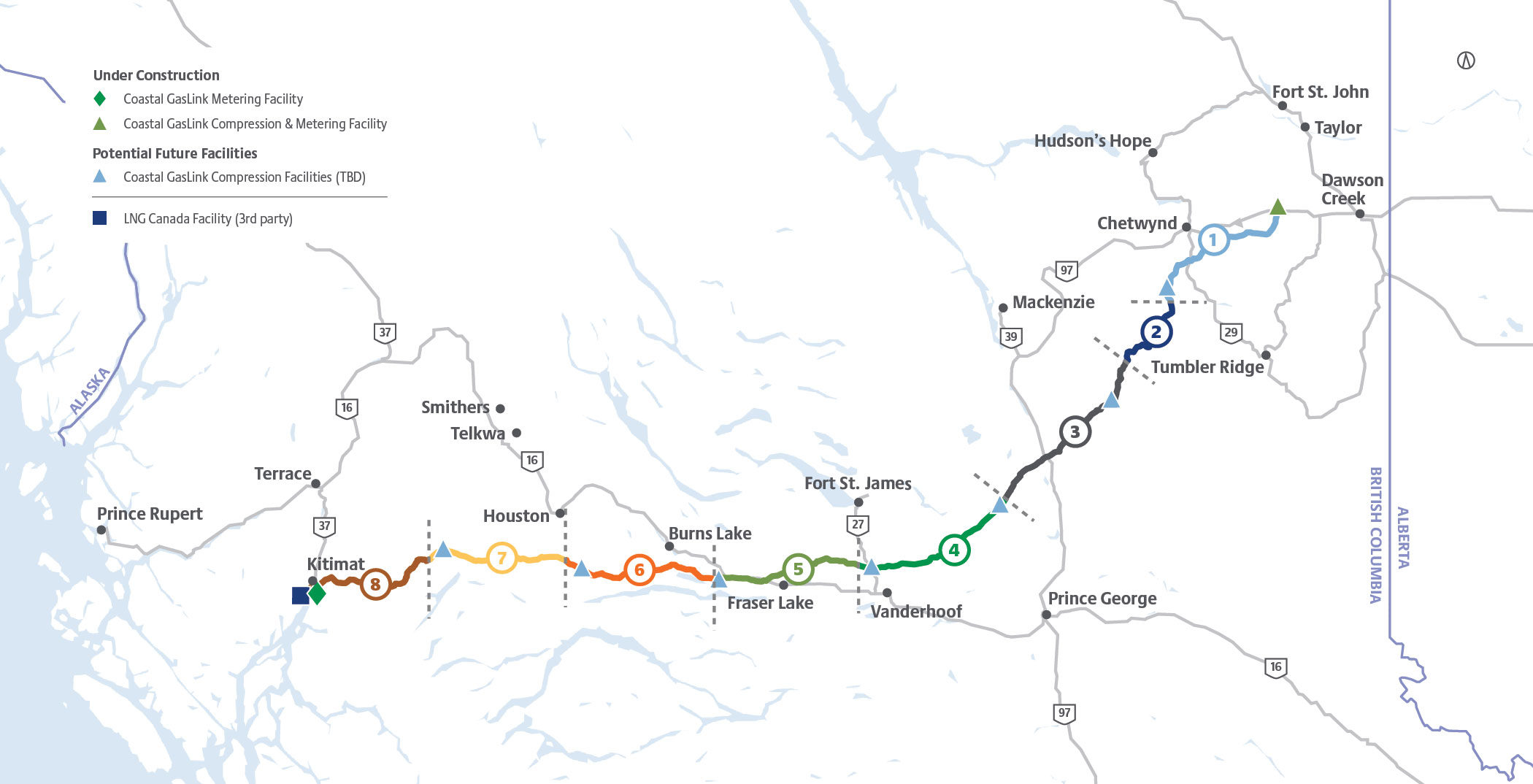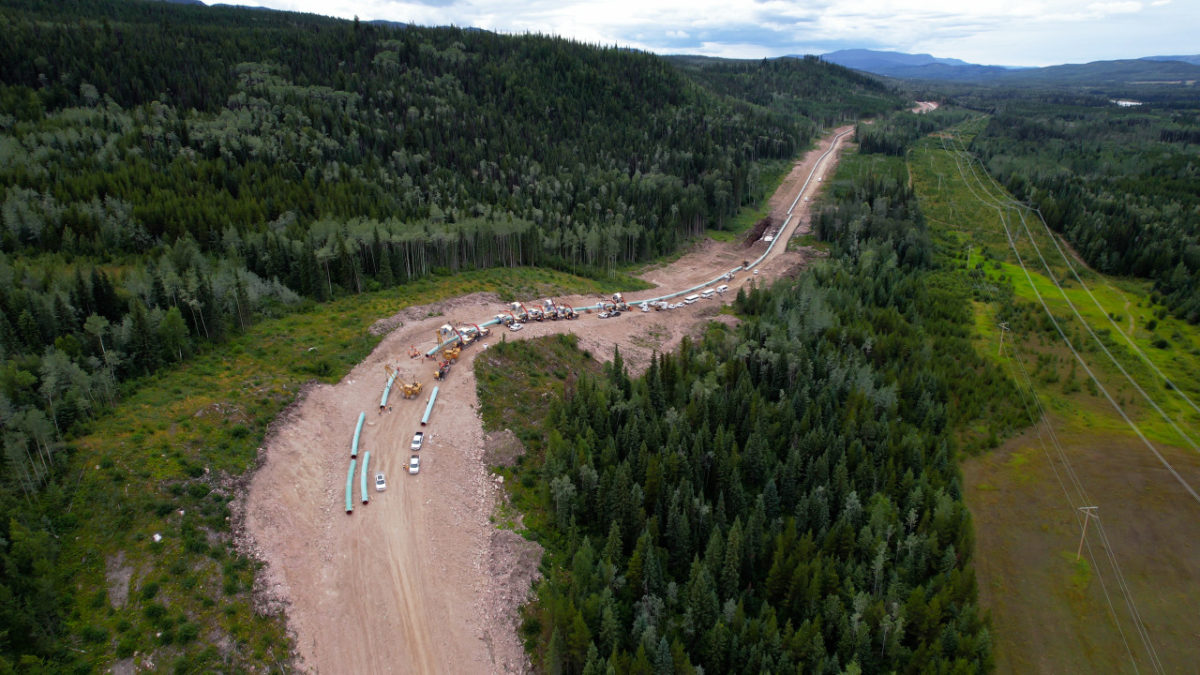Activists are attempting to handcuff Canada’s best opportunity to help reduce global climate emissions while creating jobs at home over misplaced concerns about environmental safety.
Builders of the Coastal GasLink natural gas pipeline are commencing “micro-tunnelling” to cross underneath the Morice River near Houston, B.C.
It’s one of several waterbody crossings in the project’s 670 kilometres across the Canadian landscape, ending at a liquefied natural gas (LNG) export terminal on the coast that will help the world get off coal.
Here are the facts.

Pipeline ’micro-tunneling’ protects river crossings
It’s common for pipelines in Canada to cross waterbodies. Regulators closely monitor these crossings at all stages, from when a company first applies to when a project is finished, according to the Canada Energy Regulator (CER).
Coastal GasLink has also engaged Indigenous construction monitors along its route to provide input on construction activities and report back to their communities.
“Micro-tunneling” was chosen for the river crossing as the safest and most precise construction method for the job, Coastal GasLink says. The pipeline will be placed inside a concrete tunnel well below the river bed using remote-controlled excavation.
The CER says that “trenchless” methods like micro-tunneling require little or no construction in the water, meaning there is little to no disturbance to the river bed or banks.
Coastal GasLink has broad Indigenous support
All 20 elected First Nations governments along Coastal GasLink’s route from near Dawson Creek, B.C. to the coast at Kitimat have reached project benefit agreements that engage them in development.
More than one-third of work so far has been conducted by Indigenous people, Coastal GasLink says.
The project has awarded $825 million in contracts to Indigenous and local businesses for activities like site clearing, medical, security and camp services.
There are also 19 traditional land use studies completed with Indigenous communities, which are used to refine project planning and promote respect for the land and the people along the pipeline route.
Coastal GasLink and its owner company TC Energy have been “exceptional” with First Nations people, says Layne Boucher, co-owner of Houston, B.C.-based Getumdone Contracting Ltd.
“They really listen and I think they care, and they’re willing to incorporate the needs and concerns of local Indigenous people into their project planning and strategy.”
Canadian LNG can help reduce global emissions
Right now Europe and Asia are facing escalating shortages of natural gas that Canada could help fill, with an LNG terminal up and running.
The first project, LNG Canada, is now 50 per cent complete, partners announced this week. Overall progress on the connecting Coastal GasLink pipeline is now also just over 50 per cent complete.
These Canadian projects, and the next ones, can’t be completed soon enough.
Global LNG demand is forecast to double by 2040 as the world’s population grows and develops but countries seek less dependence on coal.
Switching from coal to natural gas for electricity generation reduces emissions by 50 per cent on average, according to the International Energy Agency (IEA).
Switching to Canadian natural gas specifically could reduce emissions by up to 62 per cent, according to a June 2020 study published in the Journal for Cleaner Production.
“LNG is not a 100 per cent solution to our climate problem, but it can significantly help to reduce emissions if it replaces coal,” IEA executive director Fatih Birol said earlier this year.
“Canada being a reliable supplier to Asia is an important advantage [compared to] other countries.”
The unaltered reproduction of this content is free of charge with attribution to Canadian Energy Centre Ltd.
